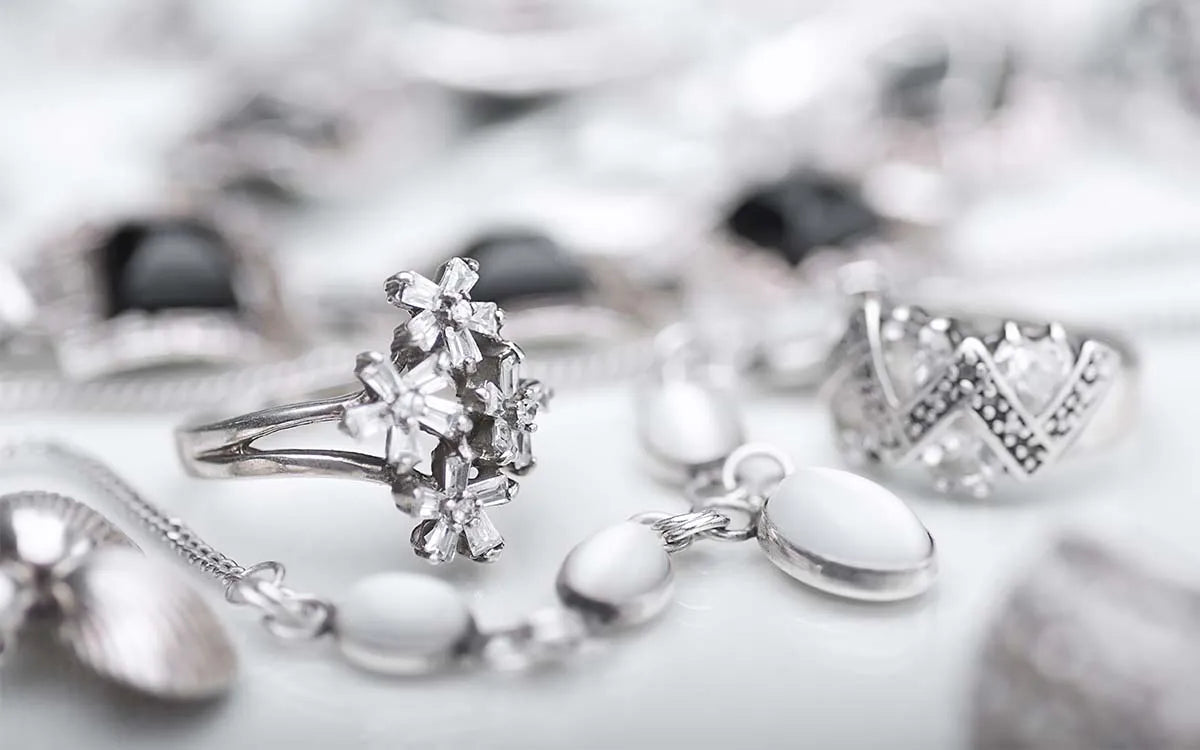
What is .925 Sterling Silver
Introduction
925 Silver, commonly referred to as .925 Sterling Silver, is a staple in modern jewelry craftsmanship, particularly in pieces ranging in price from $80 to $200 USD. Below provides a brief introduction of .925 Sterling Silver, discussing its composition, advantages, limitations, longevity, and maintenance requirements, particularly in the context of earring design.
Sterling silver, an alloy consisting of 92.5% pure silver and 7.5% other metals (typically copper), is a preferred material in the jewelry industry. Its unique characteristics render it ideal for a broad spectrum of designs, from traditional to avant-garde, while aligning with the mid-range pricing strategies of contemporary jewelers.
Advantages of .925 Sterling Silver
- Enhanced Durability: The incorporation of other metals augments the alloy’s resilience, rendering it more suitable for daily wear.
- Economic Viability: When compared to precious metals like gold and platinum, sterling silver stands out for its affordability.
- Design Versatility: Its neutral hue and reflective properties allow for a wide array of design possibilities.
- Hypoallergenic Qualities: Sterling silver is generally less prone to cause allergic reactions, making it a viable option for consumers with sensitive skin.
Limitations
- Susceptibility to Tarnishing: Sterling silver can tarnish when exposed to air and certain chemicals, leading to a loss of sheen.
- Maintenance Requirements: To preserve its aesthetic, sterling silver necessitates routine polishing and specific storage conditions.
- Relative Softness: Despite being harder than pure silver, sterling silver is softer compared to many other metals, making it susceptible to scratches and deformation.
Longevity of Sterling Silver Jewelry
The lifespan of sterling silver jewelry is contingent upon the care it receives. With meticulous maintenance, these pieces can retain their luster for decades, making them a lasting addition to any collection.
Maintenance and Storage Recommendations
- Moisture Control: Store sterling silver in arid conditions to prevent accelerated tarnishing.
- Utilization of Anti-Tarnish Strips: These strips can effectively absorb elements in the air that may cause tarnishing.
- Individual Storage: To prevent scratches, each piece should be stored separately, preferably in soft cloth pouches or lined jewelry boxes.
- Chemical Avoidance: Exposure to household chemicals, chlorinated water, and personal care products should be minimized.
Conclusion
.925 Sterling Silver remains a favored choice among jewelry designers and consumers alike, especially within the mid-range price segment. Its blend of affordability, aesthetic appeal, and hypoallergenic properties make it highly desirable. However, to ensure its longevity and maintain its beauty, regular care and mindful storage are essential.
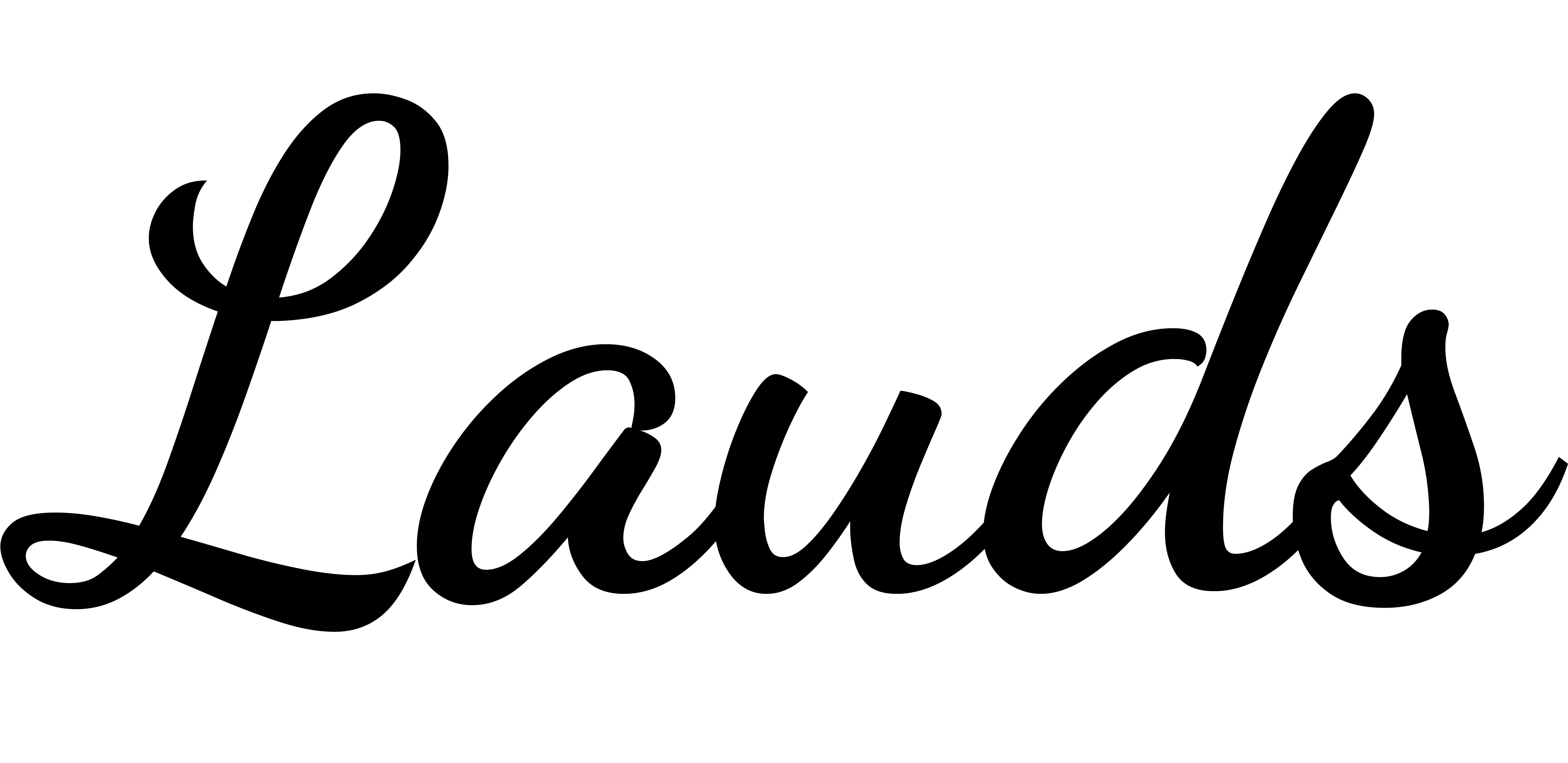


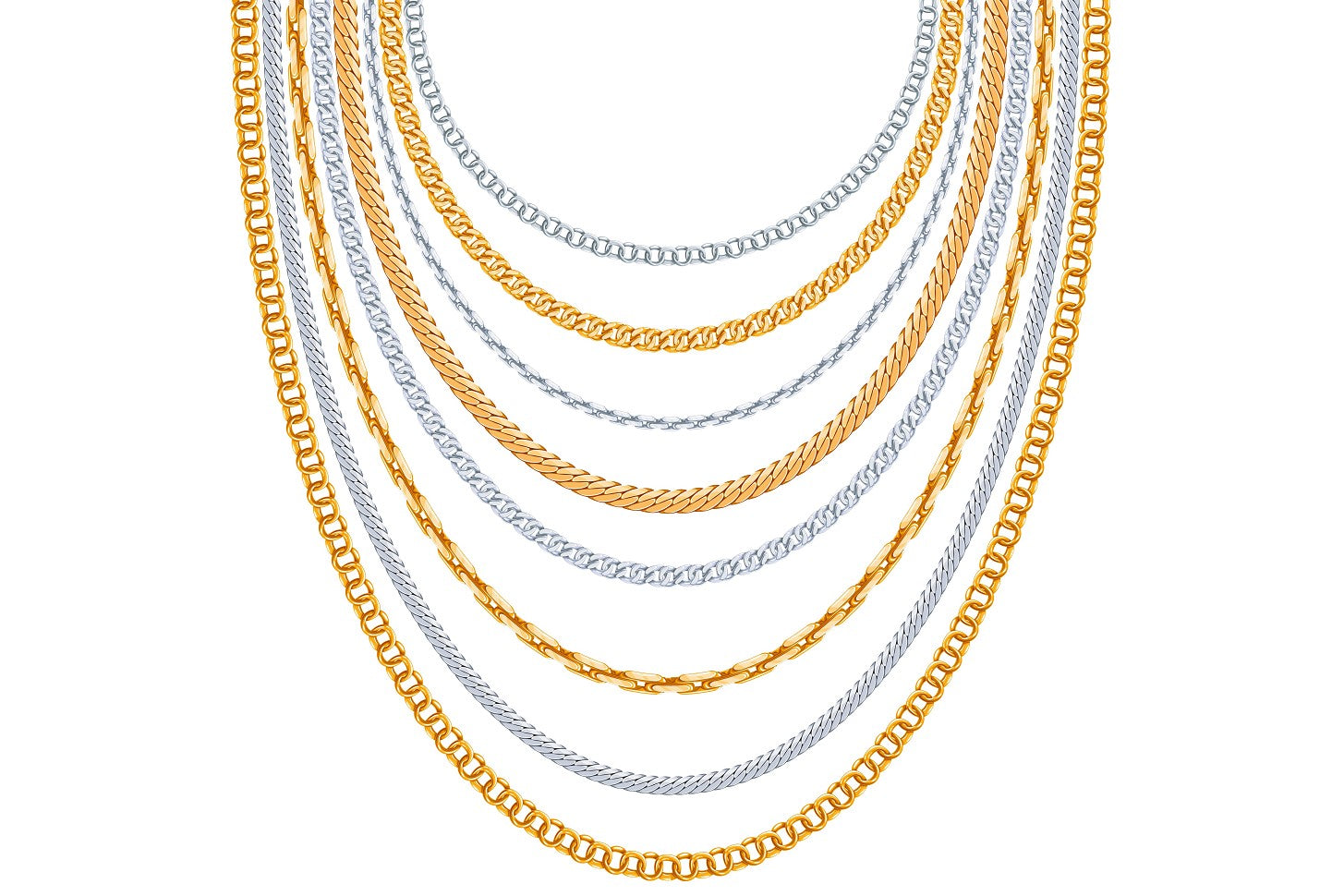
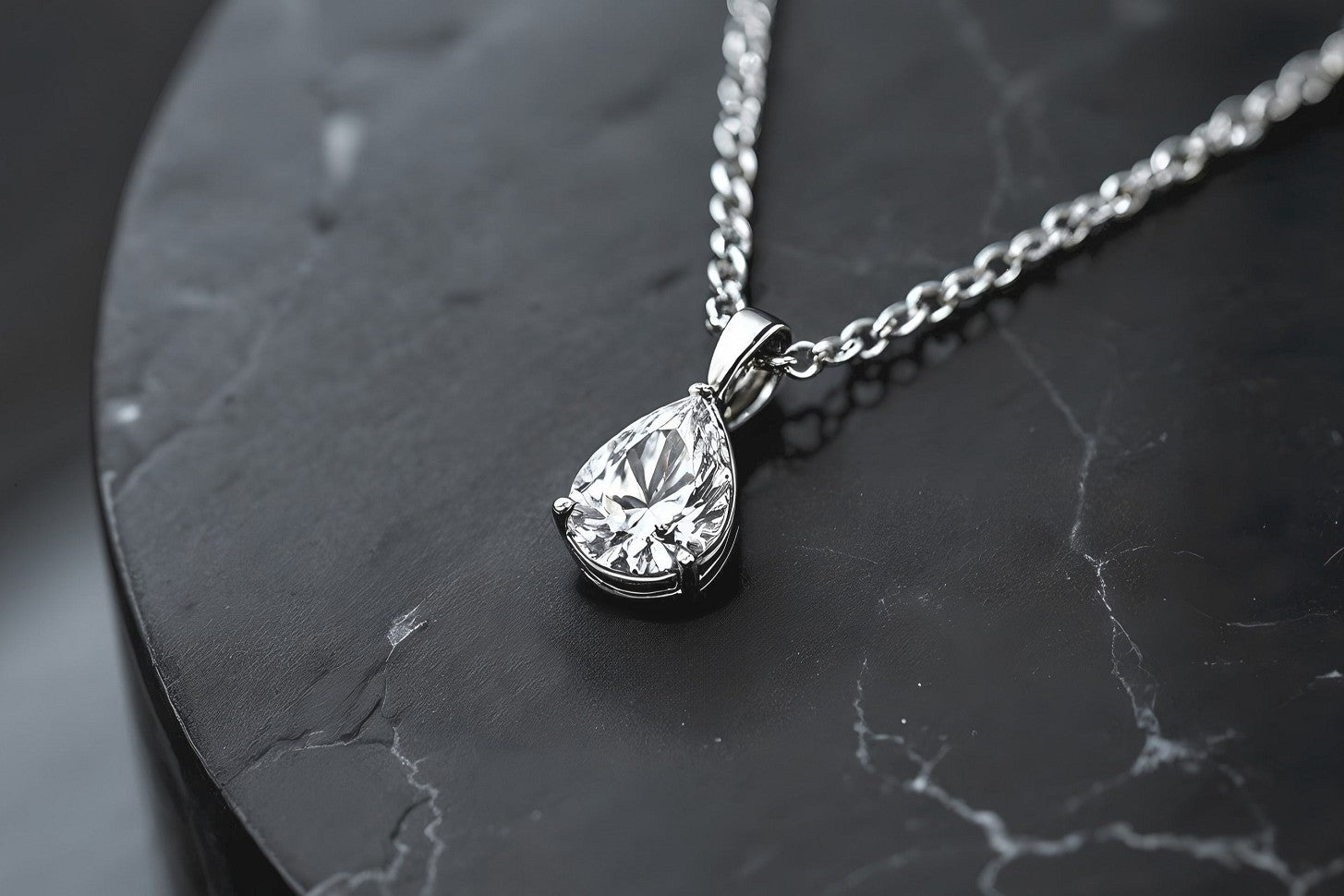
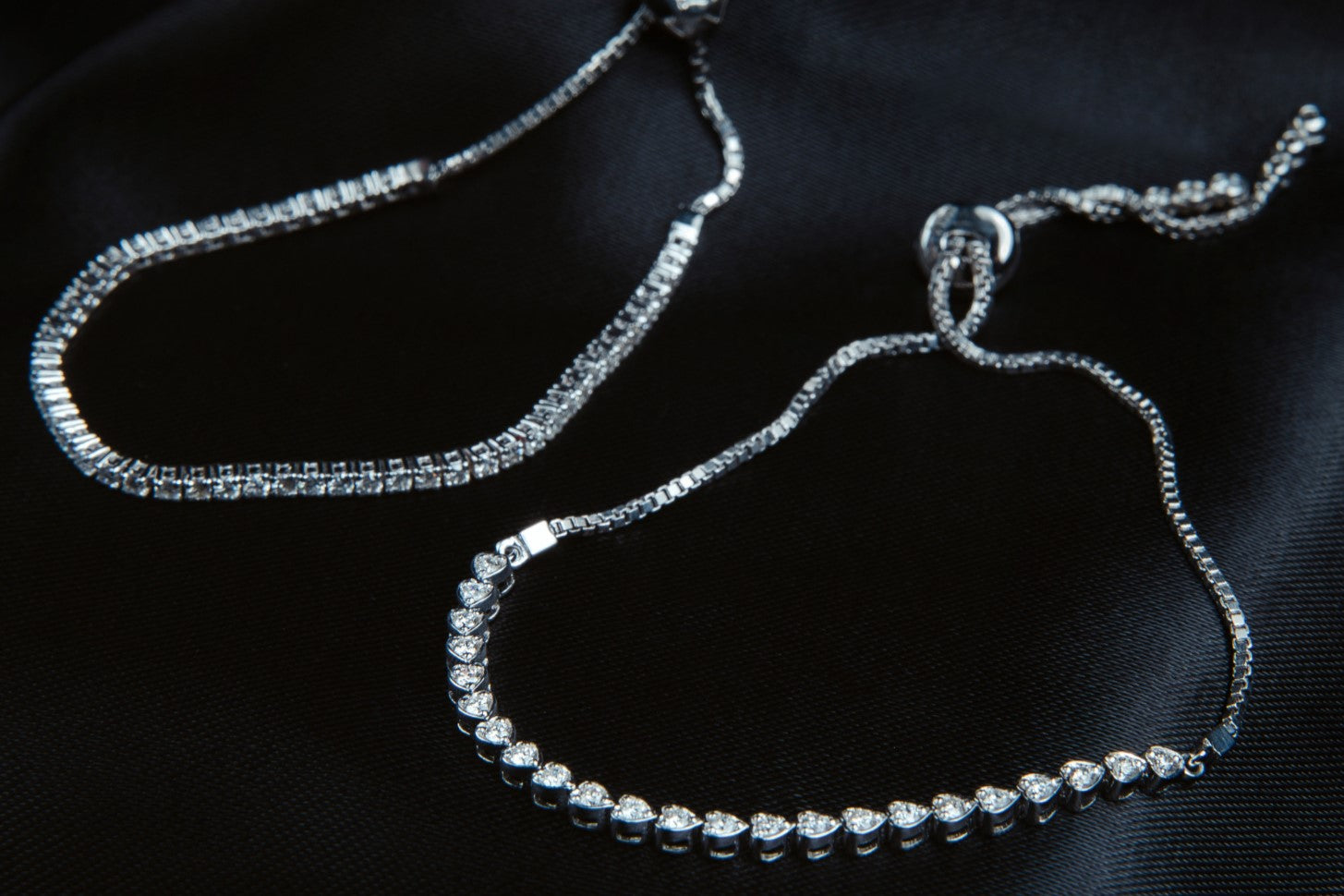
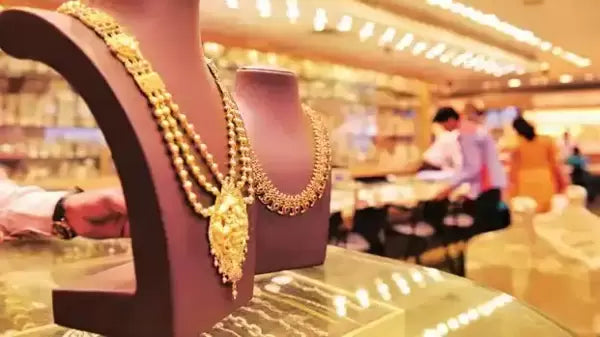
Leave a comment
This site is protected by hCaptcha and the hCaptcha Privacy Policy and Terms of Service apply.